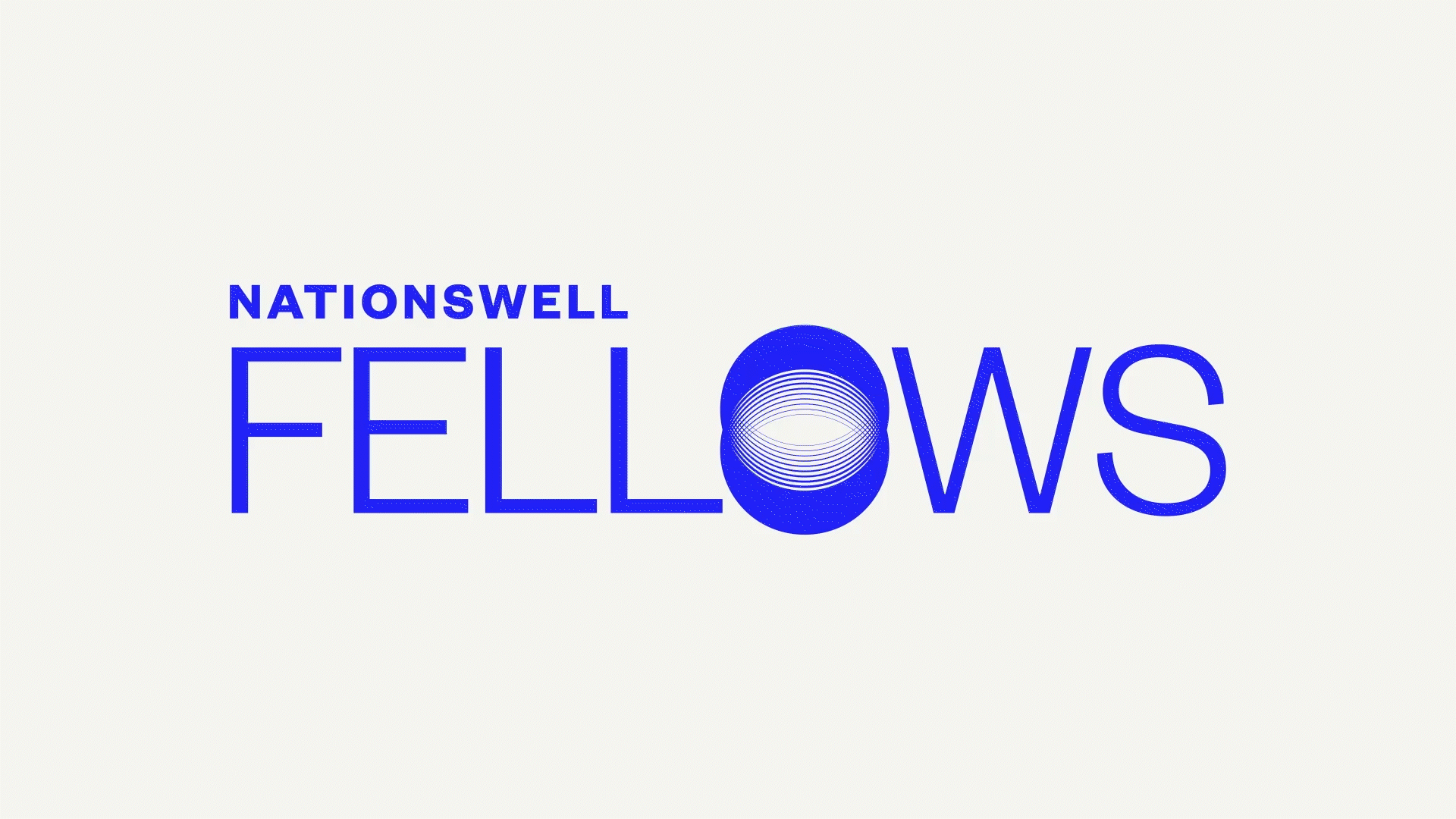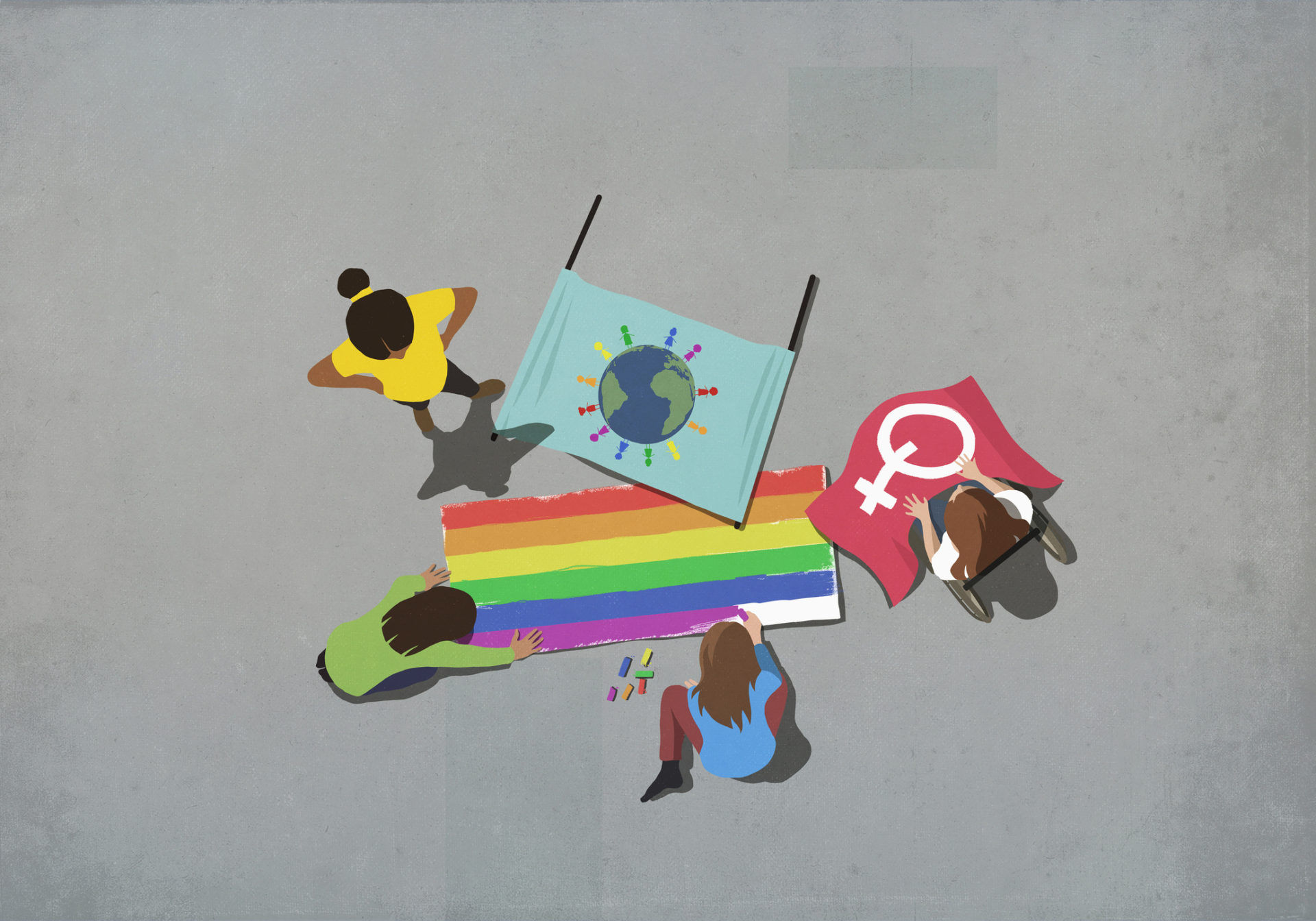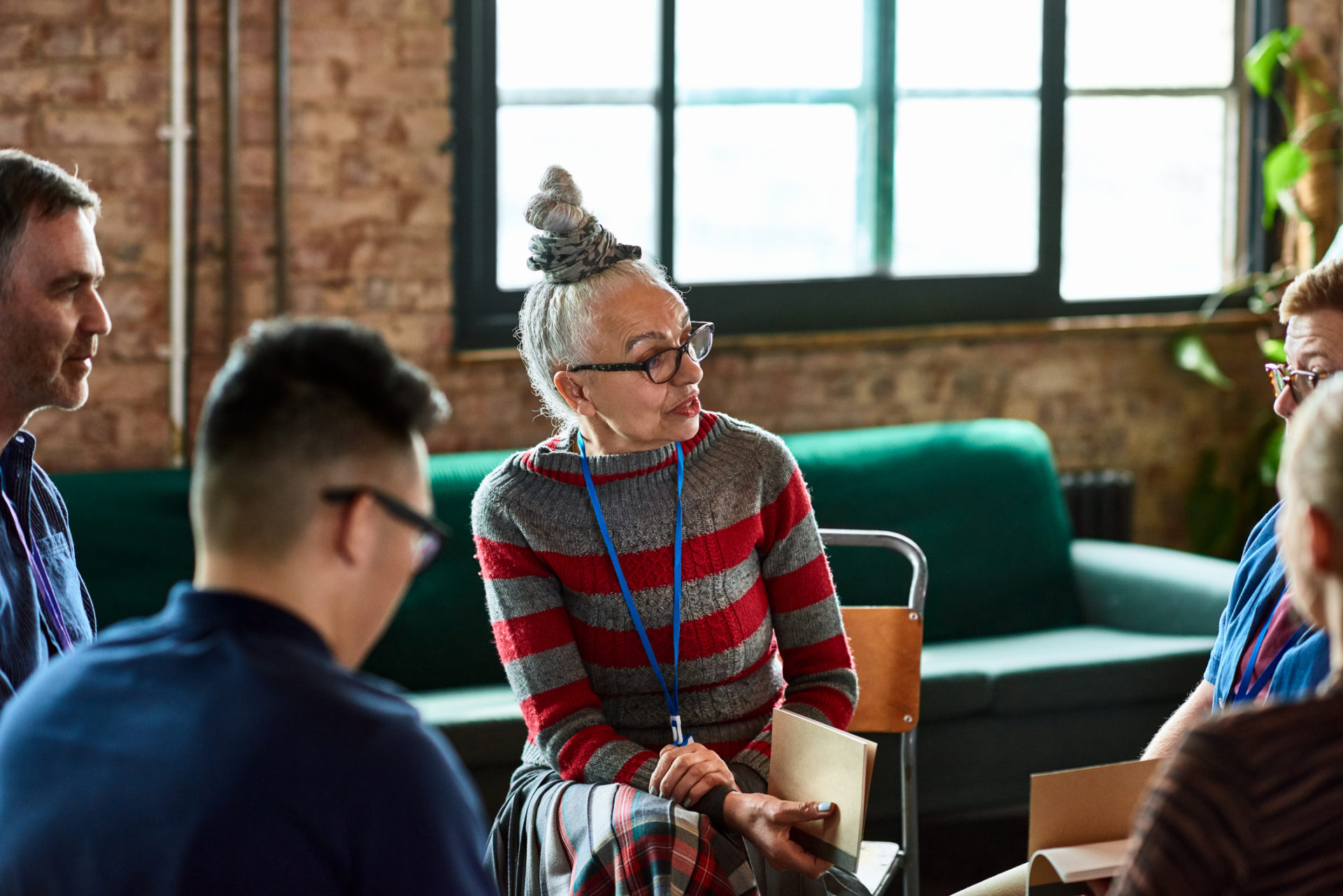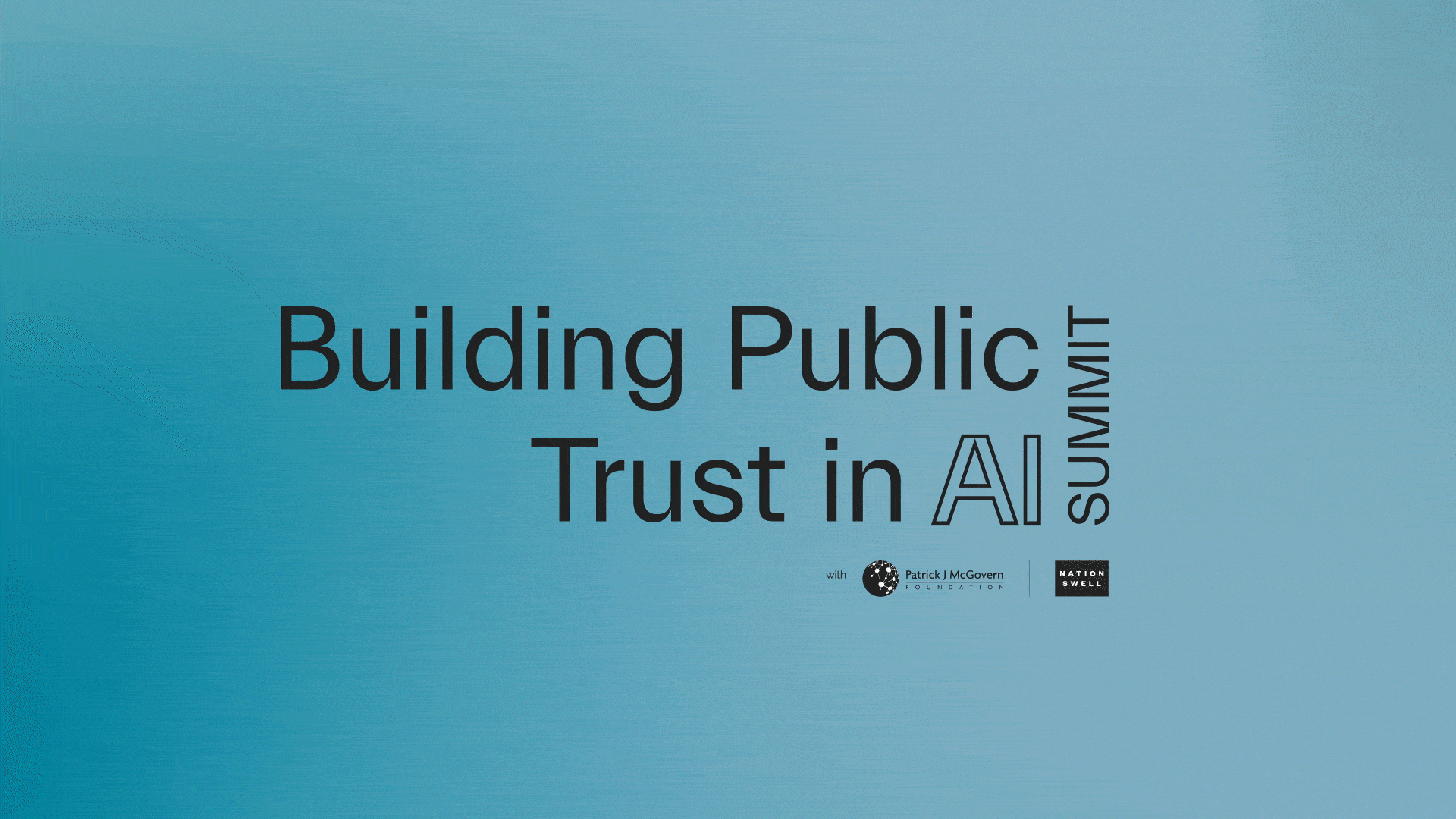We often hear that the United States is a “nation of immigrants,” but this notion doesn’t reflect the realities of either our national discourse or federal immigration policy.
In his new book, “Crossing Borders: The Reconciliation of a Nation of Immigrants,” Ali Noorani, president and CEO of the National Immigration Forum, explores the recent history and current landscape of U.S. immigration policy through the stories of immigrants themselves.
In a recent Council event with NationSwell, Ali joined us to discuss his book, the rise of certain anti-immigration narratives — particularly on the far-right — what can be done to change these narratives, and what steps must be taken on a federal and local policy level to truly make it possible for immigrants and refugees to flourish.
Here are some of the key takeaways from the event.
Change is most effective when it comes from within
It’s extremely difficult to change somebody’s social and political views as an outsider. This can be especially true of issues, such as immigration, that large media companies like Fox News have a vested interest in shaping. But there are groups of conservatives who have broken from the narratives around immigration that are being pushed, and they have the best chance of affecting change in their own circles.
This is not to say that liberals and progressives are powerless to move the needle. The key, however, is for them to focus their energy on smaller scale outreach, as fact checking and scolding far-right media narratives has little practical effect.
We must make an effort to understand the fears of those who hold anti-immigrant views
Those who oppose immigration typically have a common set of fears: Culture, security, and economy. However wrongheaded or inaccurate these fears may be, if an attempt isn’t made to understand them, then the work of changing the minds of those who hold them becomes exponentially more difficult. When people feel their concerns are being dismissed outright, they are much less likely to want to be part of a dialogue.
What can we take away from the situation in Ukraine?
Russia’s invasion of Ukraine has resulted in one of the largest and fastest mass migrations since World War II. Attitudes towards Ukrainians fleeing their country are generally positive, but rather than dwell on the disparity between how they are looked upon favorably while, for example, Central and South American migrants have often been demonized, we should use this opportunity to reshape our national immigration policy. The United States can use both the war in Ukraine and the recent influx of Afghan refugees to make permanent changes to its immigration policy and restore its gutted resettlement infrastructure.
What are some steps that still need to be taken to help immigrants and their children succeed in the U.S.?
Education is a key tool in this effort. Our schools must do better at even the basics of teaching about immigration so that non-immigrant students can better understand what their classmates or possibly classmates’ parents have gone through. Educators must also be provided with access to professional development so that they can better teach immigrant students. Immigrant families must also be provided with the basic infrastructure to succeed in the U.S. economy, such as access to the naturalization process through their employers, English classes if needed, and assistance obtaining necessary licenses to open businesses.
The NationSwell Council community brings together a diverse, curated community of bold individuals and organizations leading the way in social, economic, and environmental problem-solving. Learn more about the Council here.










